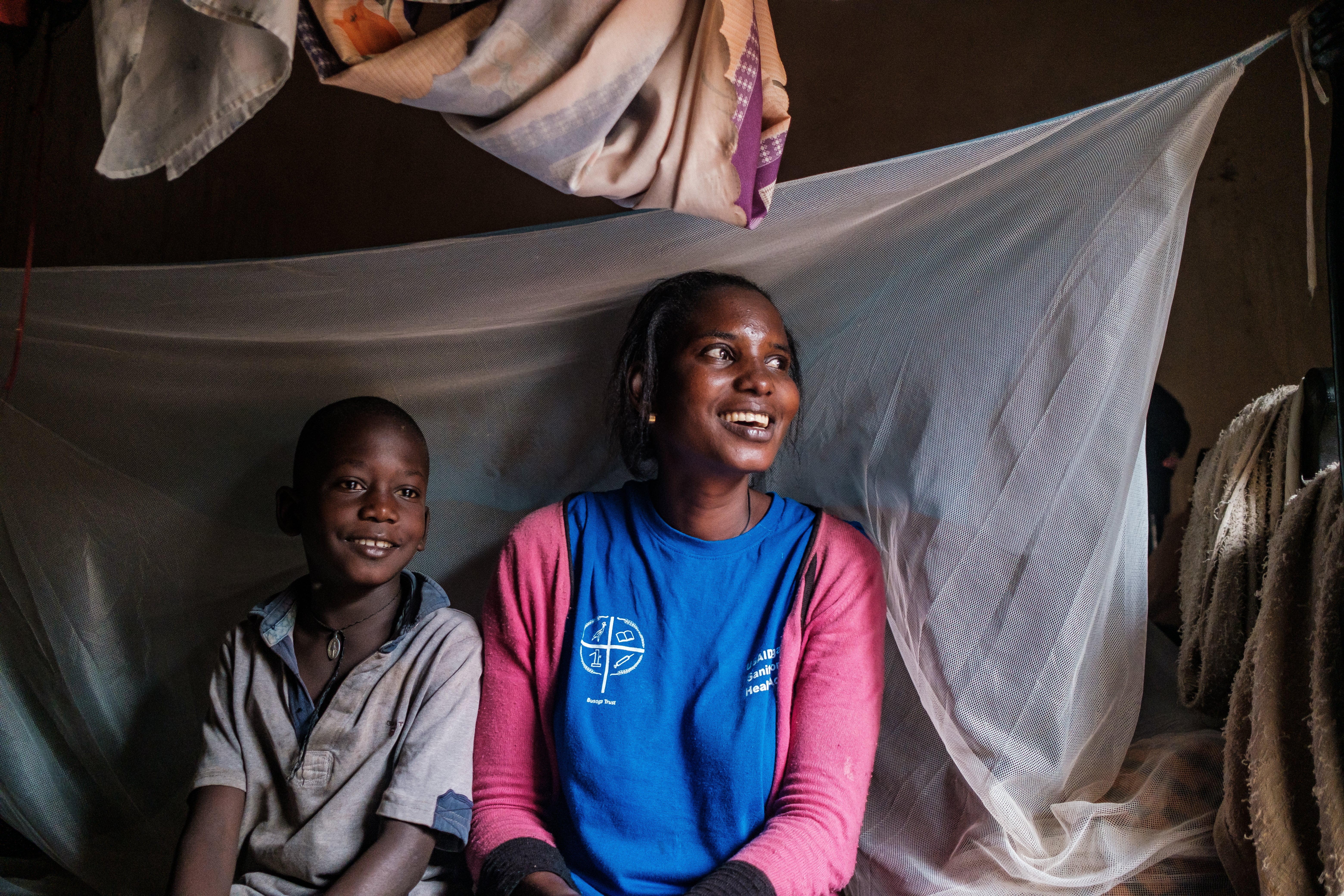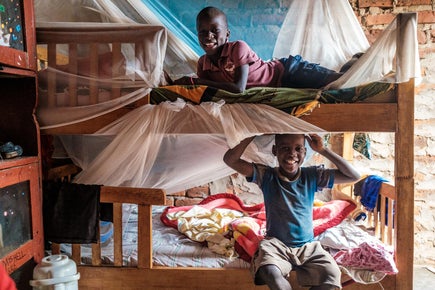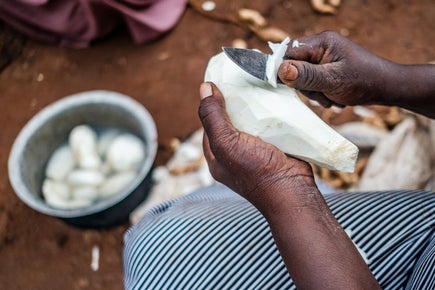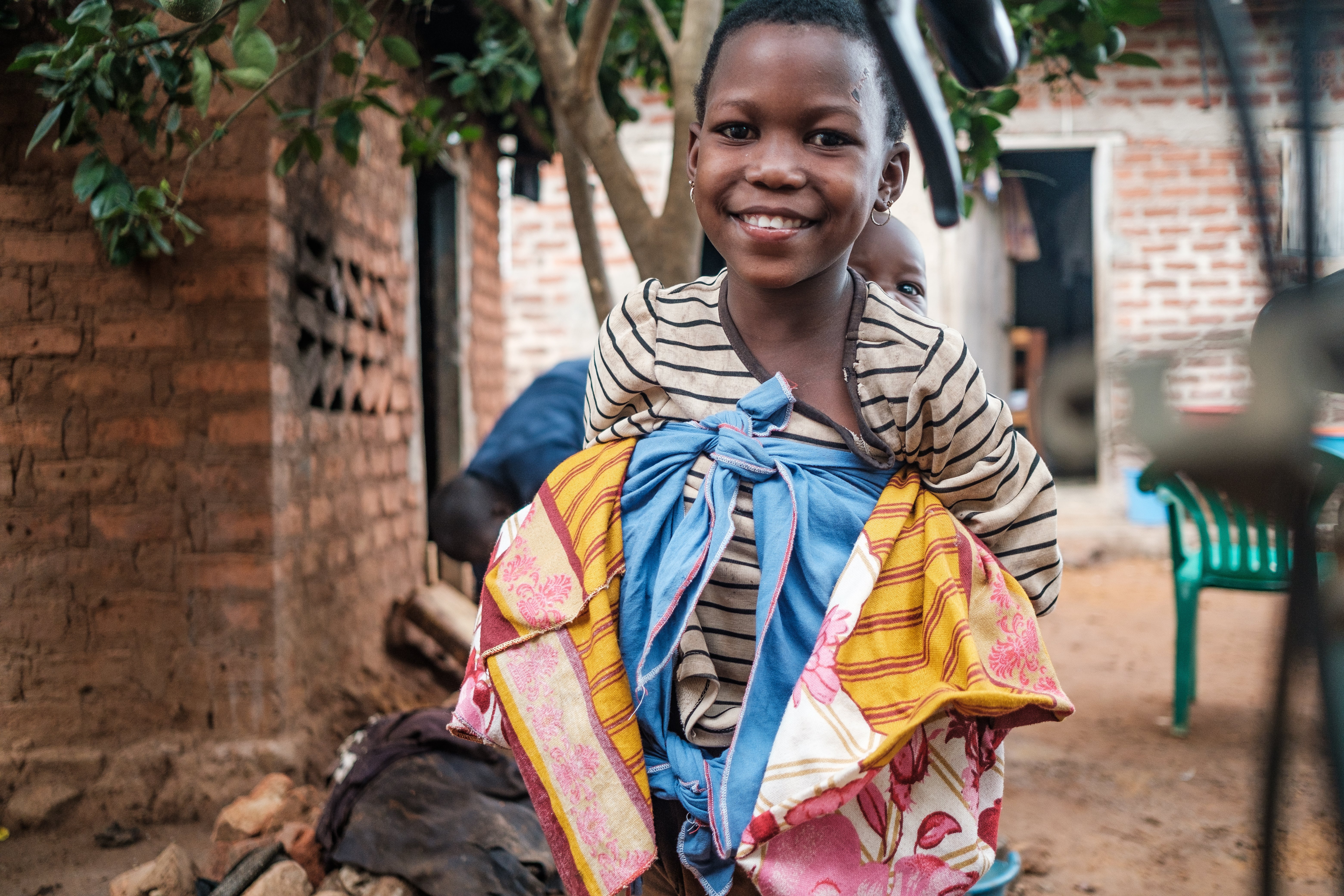Stunting reduction in Uganda
From 2000 to 2016, Uganda made steady progress reducing its stunting rate from 45 to 29 percent.
CONTENTS

KEY INSIGHTS
Improved Care & Health Services (Disease Treatment)
Starting in the mid-2000’s, malaria control efforts scaled up in coverage and greatly improved the health of communities across Uganda.

Due to a surge in financial support from the Global Fund and the President’s Malaria Initiative, Uganda cut its malaria burden in half between 2009 and 2014 by scaling up interventions like insecticide-treated bed nets, integrated case management, better diagnostics, and intermittent preventive treatment in pregnancy.
Of all factors in our decomposition model, insecticide-treated nets were responsible for the largest portion (30%) of the observed change and helped to improve the health of both mothers and children .
Increased Income and resources (Household-driven)
With over 70% of Ugandan’s participating in agriculture, stability and improvements in the sector have also meant better outcomes in poverty and food security.
Post-conflict, poverty remained high in Uganda. But between 2002 and 2016, the extreme poverty rate (US$1.90 per day) dropped 25 percentage points, from 66 percent to 41 percent.
In the beginning, these reductions could largely be attributed to macroeconomic changes, but in recent years specialization in agriculture and diversification of income streams has allowed for more sustainable exits from poverty.

Increased Income and resources (Education)
Early prioritization of education has made improvements that have benefited all Ugandans, especially mothers.

Education, through policies like the Universal Primary Education program (1997) and Universal Secondary Education (2007), has been continuously expanding access to students over the last decades. As a result, primary school enrollment more than doubled, and secondary enrollment rates increased by 20%.
Oaxaca-Blinder decomposition, HAZ score increase in Uganda, children under five, 2000-2016

Stunting reduction in Uganda

Ask an Expert
Our team and partners are available to answer questions that clarify our research, insights, methodology, and conclusions.
